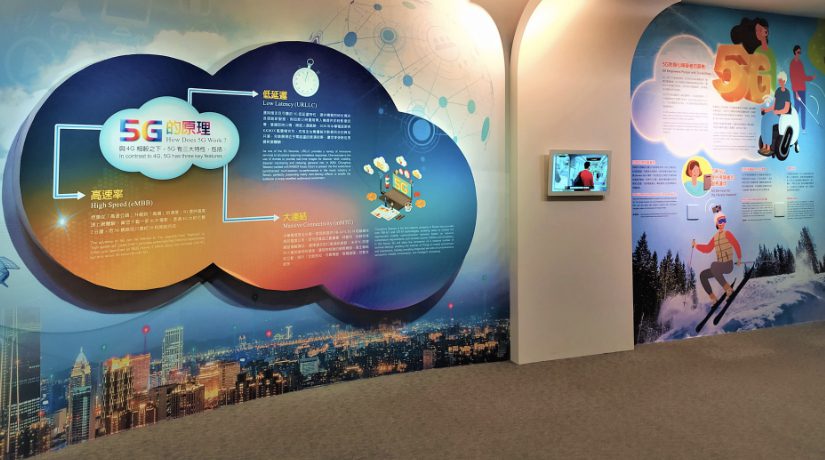- A London-based company making public transport more accessible for blind and partially-sighted passengers is demonstrating the applications and benefits of 5G connectivity to visitors of the National Science and Technology Museum in Taiwan.
- 94% of users in the trial were able to find elements they were previously unable to locate.
- 88% would be totally in favour of extending the solution onto the full public transport network.
March 10th, 2022, LONDON, UK – GoMedia, a London-based company developing consumer facing digital solutions for transport operators, is working to make public transport more accessible for passengers with sight loss through 5G-enabled technology.
Collaborating with West Midlands 5G, funded by West Midlands Combined Authority, and the government department for Digital, Culture, Media and Sport, GoMedia first demonstrated its accessibility solution on West Midlands Metro Tram 35 – the UK’s first 5G-enabled tram – in 2021.
Now news of the project has travelled six thousand miles across the globe to the National Science and Technology Museum in Taiwan.
Two million people living with vision loss in the UK are unable to complete at least part of their journeys on public transport independently. The project’s solution, developed in collaboration with the Royal National Institute of Blind People (RNIB), provides timely and accurate information to passengers who need additional assistance when travelling on the UK public transport network, either in the station or on the vehicle.
Passengers simply hold up their smartphone. The device automatically recognises any NaviLens BIDI codes in view and connects to GoMedia’s live cloud-based passenger information system over cellular networks or the onboard Icomera Passenger Wi-Fi to retrieve the desired information.
The reduced latency of 5G increases the speed of data delivery to personal devices, improving current location tools. The increased capacity of the 5G-enabled onboard Wi-Fi also allows passengers to stream more content-rich augmented reality (AR) location-based videos while traveling on the moving vehicle.
Roger Mathews, Managing Director of GoMedia, explains: “Previously the level of content-rich, location-based information needed was not possible due to a lack of the necessary technology and infrastructure. Now, thanks to 5G, relevant information is being transmitted to passengers’ devices in the format that they require”.
The National Science and Technology Museum in Taiwan has included the project in its newly reopened telecommunications gallery, showing visitors that 5G is about so much more than streaming services.
CJ Lu, Exhibition Division, National Science & Technology Museum in Taiwan said: “In our museum we have an exhibition gallery for telecommunication. We are updating its original 4G content to 5G, adding more information about what 5G can do for the physically challenged. We are pleased to introduce West Midlands Metro Tram 35 to people in Taiwan“.
Roger Matthews added: “We are proud that our project is promoting an important use case for 5G in public transport and setting an example that other countries can follow when it comes to creating better, safer, and more accessible experiences for passengers”.


